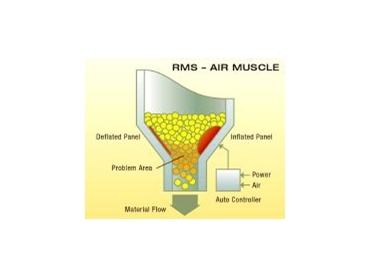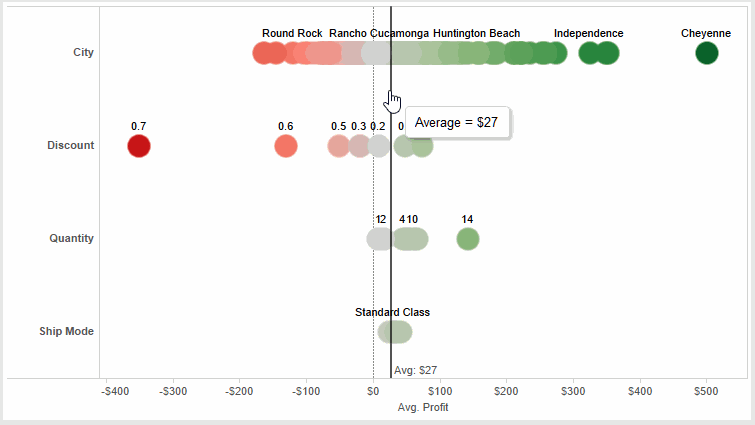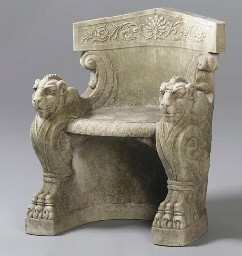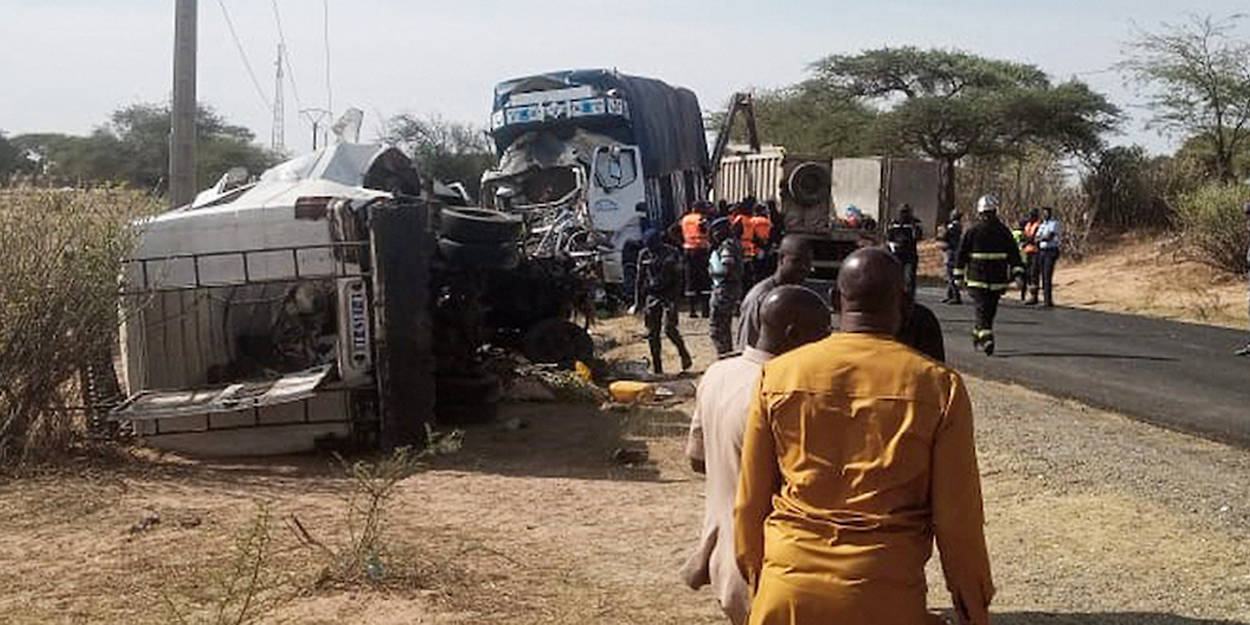Contents:


Also notice the pickup in volume at the time of breakdown and an acceleration in volume as price headed lower post the breakdown. Sometimes, when price is trading with the triangle, volume picks up modestly during rallies and fades during declines. This usually, but not necessarily, indicates that the break could be on the upside, especially if the trend before entering the pattern was up. Similarly, in some cases, when price is trading within the triangle, volume picks up modestly during declines and fades during rallies. This usually, but not necessarily, indicates that the break could be on the downside, especially if the trend before entering the pattern was down.

The traders with high risk-taking ability may also consider shorting the counter to benefit from the expected price fall. As explained in the case of a double top, the target is calculated with the help of the height of the pattern. The analysis and discussion provided on Moneymunch is intended for educational and entertainment purposes only and should not be relied upon for trading decisions. Moneymunch is not an investment adviser and the information provided here should not be taken as professional investment advice. The commentary on Moneymunch reflects the opinions of contributing authors who are certified or otherwise. Before buying or selling any investments, securities, or precious metals, it is recommended that you conduct your own due diligence.
Note that triple top chart pattern patterns can be applied to line chart, bar chart, or candle chart. Since all these tops may not be exactly at the same levels, it is possible to have small variations in each of them. The most common variant among them is the one where the middle peak is significantly higher compared with the left and right peaks, which are at similar levels. Bulkowski calculates that the measure guideline is not totally dependable for the triple top, calculating that nearly 50% of all triple tops will drop short of their minimum target price. Corresponding to Bulkowski, average development time is roughly four months. In inclusion, specialists, including Schabacker and Murphy, concur that the extended the pattern requires to form, the greater the importance of the price move once breakout happens.
Cup and Handle Chart PatternThe “cup” shape is created as the price of the security rises, reaches a peak, and then pulls back to form the bottom of the cup. The “handle” is created as the price makes a small downward correction before breaking out of the pattern to the upside. This pattern is considered to be a bullish signal, indicating that the security is likely to rise. Wedge patterns often occur during periods of consolidation, where the security’s price is moving sideways and traders are unsure about its future direction. The length of the wedge can vary, but typically lasts several weeks to several months.
Notice the failure of price to touch the upper trendline during the final up move within the pattern. Notice how the selling accelerated once price broke below the lower trendline. The presence of a gap between the breakdown candle and the immediately following candle further validates the bearishness of this break. Notice in the below chart how supply is coming in at higher and higher levels, while demand is coming in at a fixed level. Also notice how uneven the volume distribution was when the pattern was forming. The first half of the pattern was characterized by strong volume, but the second half was characterized by low volume, until the breakdown point.
Here two high is created at the same level with an intermediate low in between. The pattern is assumed to be complete once the intermediate low is broken with significant volume along with large candle. Inverted head and shoulder pattern is formed at the bottom of the down trend. Middle one is the lowest and called head and other two low is called shoulder and are symmetrical. Below is an example of inverted head and shoulder in the chart.
Profit making trades
One of the most common and popular patterns among traders, it indicates a bullish move in price can stop, and the price can reverse now. The pattern is formed with three peaks in which the height of the middle peak is higher than the other two peaks. Similarly, when this pattern forms at the bottom of the rally in reverse form, it is called an Inverted Head and Shoulders pattern, a bullish trend reversal pattern. The Head & Shoulders pattern is regarded as one of the most authentic trend reversal chart patterns and forms at the upper part of the rally.
A double top consists of first high, intermediate low, second high, a fall from the second high to intermediate low, breakout. Some other aspect of the double top is prior trend, volume, retesting of the breakout level, target, stop loss. Wedge pattern is formed by two converging trend line in the same direction joining highs and lows of the price pattern. Before the third high forms, the sample might seem like a Double Top Reversal.
Ways of Placing Stop Loss when Trading in the Stock Market
Pay 20% or « var + elm » whichever is higher as upfront margin of the transaction value to trade in cash market segment. Update your mobile number & email Id with your stock broker/depository participant and receive OTP directly from depository on your email id and/or mobile number to create pledge. Elearnmarkets is a complete financial market portal where the market experts have taken the onus to spread financial education. ELM constantly experiments with new education methodologies and technologies to make financial education effective, affordable and accessible to all.
Technical Analysis: Triple Tops and Bottoms – Investopedia
Technical Analysis: Triple Tops and Bottoms.
Posted: Sat, 25 Mar 2017 07:38:54 GMT [source]
There is all the time some uncertainty when trading charting patterns as you are working with chance. Pattern interpretations ought to be pretty specific, however not overly exacting as to hinder the spirit of the sample. A sample could not fit the description to the letter, however that ought to not detract from its robustness. For instance, it may be tough to discover a Triple Top Reversal with three highs that are precisely equal.
However, if the highs are within cheap proximity and different elements of the technical analysis image jibe, it would embody the spirit of a Triple Top Reversal. The double top formation is confirmed only when the bears pull the prices below the double top confirmation level . Determine the height of the pattern by subtracting the lowest low from the highest high in the formation. In another words, an investor can anticipate the price to go downwards at least the distance from the breakout point less the height of the pattern.
Head and Shoulders Chart Pattern
Rounding tops can often be an indicator for a bearish reversal as they typically occur after an extended bullish rally. If a double prime happens, the second rounded top will often be slightly beneath the primary rounded tops peak indicating resistance and exhaustion. The Triple Top Reversal is a bearish reversal pattern typically found on bar charts, line charts and candlestick charts.
Indicators are pre-defined calculations which help in forecasting the future. The careful use of indicators can add a confirmation to your analysis and help in making informed trading decisions. Edwards and Magee inform that real triple tops are few and far in between. So, it creates feel to be careful when evaluating what might originally look like a developing triple top.
From this fundamental sample, the bullish breakout patterns become extra complex and wider. The wider the sample, the higher established the resistance level and the more necessary the breakout. This article will look at the 5 key breakout patterns in detail and show measuring strategies for Price Objectives. Double bottoms might fail and become a triple backside, and the triple backside and the head and shoulders pattern can, by definition, be one and the same.
Head and Shoulder top (Pattern type: Bearish Reversal)
If yes, this pattern can be traded upon post its break as it usually signals a trend reversal and indicates price continuing in the direction of the break. It is also worth keeping an eye on the price at extreme points. Usually, but not always, in case of an expanding broadening top pattern, price may fail to reach the upper line on the third rally. This may be construed as a warning that the rally is running out of steam. If the subsequent decline drags the price to decisively break the lower line, it can be construed as a trend reversal.
A break outside of the trend channel could signal a change in the trend direction, and traders may adjust their positions accordingly. The slope of the trend channel can also be used to determine the strength of the trend and to identify potential turning points. Profit and Stocks is an exceptional team of market traders with over 12+ years of combined trading experience. Our broad and global mission is to provide Training and Guidance to struggling traders and investors. Pattern can be observed in formation in Trent with resistance at 1212 and support at 995. As on today, if it closing above 1220 then upside target of 1240 & 1280 can be seen.
What Is a Triple Bottom Chart in Technical Analysis? – Investopedia
What Is a Triple Bottom Chart in Technical Analysis?.
Posted: Sat, 25 Mar 2017 08:02:12 GMT [source]
The Cup forms after a correction in price and looks like a ‘U’. After the completion of this pattern, the price trades in a small range at the right side of this pattern and looks like a Handle to the Cup. The pattern gives a breakout confirmation when the price crosses the higher side of the Cup or the resistance zone.
Chart patterns are not foolproof and past performance is not indicative of future results. Traders should consider other technical and fundamental factors before making a trade. Sometimes the price makes wild swings during intra-day sessions, showing a breakout; however, one should wait for a decisive close.
NSE Asian Paint (EWT): Money printing time
Other important aspect of this pattern is volume, previous trend, breakout, retesting of trend line, target and stop loss. Head and shoulder pattern consists of left shoulder, head, right shoulder, neck line. Other things to consider in this pattern in trading volume, break out, price target and retesting of neck line. Also discover that the stock established support with two equal O-Columns through the sample formation. The combination of stable support and better highs strengthened the power of the pattern. A double high sample is fashioned from two consecutive rounding tops.
Just keep in mind that rectangles are more likely to continue the prevailing trend rather than reverse it. A rounding top is a bearish reversal pattern that appears at the end of an uptrend. This pattern marks an end to the prevailing uptrend as it represents a gradual shift from demand to supply. The first part belongs to the buyers as price continues to rally.
As shown here, the triple top pattern is made up of three sharp peaks, all at the similar level. Prices increase to a resistance level, retreat, return to the resistance level again, retreat, and lastly, come back to that resistance level for a third time prior to declining. In a classic triple top, the decline following the third peak marks the starting of a downtrend. A symmetrical triangle is a pattern that occurs when the price is making lower highs and higher lows, creating two converging trendlines that form a triangle shape. This pattern signals a period of consolidation and a potential trend reversal, but it does not indicate the direction of the future price movement. When the price approaches a trend line, traders will watch for signs of a potential trend reversal or a break through the line, which could signal a continuation of the trend.

While a rectangle pattern has parallel trendlines, a contracting triangle pattern has an upper trendline that is sloping downwards and a lower trendline that is sloping upwards. A contracting triangle represents a pause to the ongoing trend, during which the price broadly consolidates within a set range. The pattern comprises of at least two bottoms and at least two highs, with the second bottom above the first bottom and the second top below the first top.
- In conclusion, Top 15 Chart Patterns Every Trader Need to Know was discussed.
- One can often seen a pull back after a breakout which is in support of this pattern formation.
- In technical analysis reversal from bullish trend to bearish trend and vice versa is most of the time is signaled by different price patterns.
- Once the decline starts from the high of the head, a chartist can draw an extended neckline connecting the high of the left shoulder and the high of the head.
These chart patterns that occur in technical analysis are used by traders to predict potential price reversal points in a security. A reversal of the trend is signaled when the price breaks above the “neckline” connecting the two peaks. This pattern is used by traders to identify potential buying opportunities. While talking about the triple top pattern, you will also find that it is similar to the head and shoulders pattern. Another pattern similar to the triple top formations is the double top, where an asset touches a high price twice with a fall between the two peaks. The above chart shows a falling wedge acting as a continuation pattern.
Heavy volume is traded in the first swing up, but the remaining swings will incur with diminished volume. In addition, heavy volume is followed at the breakdown of the pattern. Double bottom is a reversal pattern which is formed after a down trend.
Connect the retracement dips with a trendline, and then extend this line towards the right. When the price dips below this trendline, you can use it as a point of entry. However, this is useful if the second dip is slightly higher than the first one. In case the second retracement dip is above the first or below, the trendline may be at an angle and not prove to be useful. Traders should only enter the long position when the price breaks out from the resistance level or the neckline. This pattern is formed with three peaks below a resistance level/neckline.




